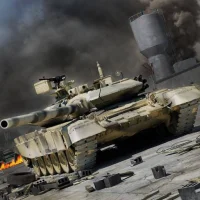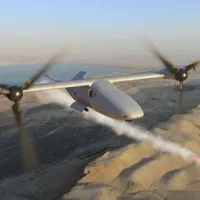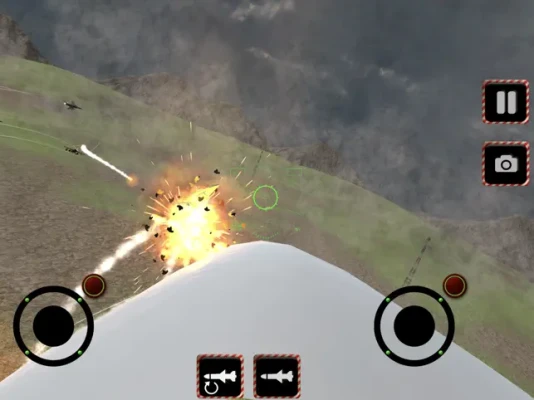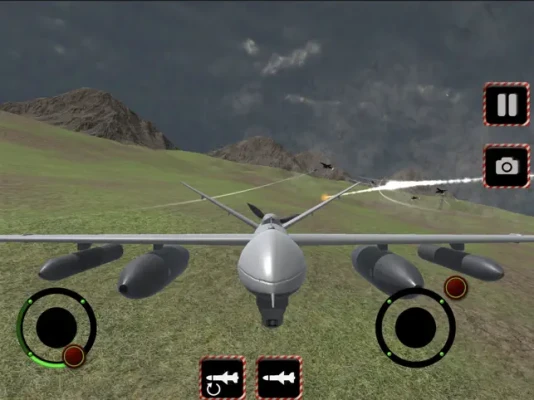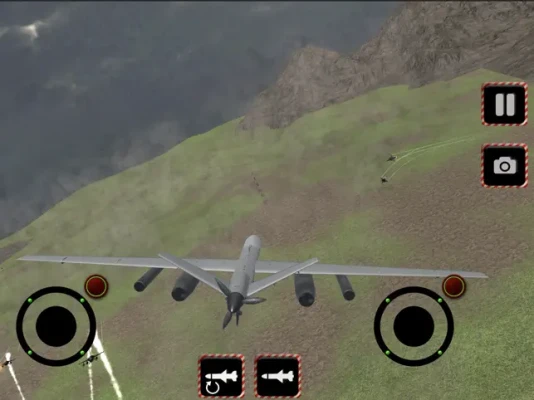
Latest Version
1.0
December 30, 2024
Meriç İnternet Teknolojileri A.Ş.
Games
iOS
139.9 MB
0
Free
Report a Problem
More About Military Drone Simulator
Mastering Drone Warfare: A Comprehensive Guide to Aerial Combat
In the realm of modern warfare, drones have revolutionized the way military operations are conducted. These unmanned aerial vehicles (UAVs) allow for precise strikes against enemy targets both on the ground and in the air. This article delves into the intricacies of drone operation, providing insights on how to effectively utilize these powerful tools in combat scenarios.
The Power of Drones in Modern Warfare
Drones have become indispensable assets in military strategy. Their ability to conduct surveillance, gather intelligence, and deliver precision strikes makes them a formidable force on the battlefield. With advanced technology, operators can engage enemy elements with missiles, ensuring minimal collateral damage while maximizing operational efficiency.
Understanding Drone Operation
Operating a drone may seem daunting at first, but it is a skill that can be mastered with practice. The primary control mechanism involves joysticks, which allow the operator to maneuver the drone with precision. Here’s a breakdown of the essential components of drone operation:
- Control System: Familiarize yourself with the control interface. The joysticks are your primary tools for navigation, allowing you to adjust altitude, speed, and direction.
- Flight Modes: Most drones come with various flight modes, including manual and automated settings. Understanding these modes can enhance your operational capabilities.
- Camera and Sensors: Utilize onboard cameras and sensors for reconnaissance. This information is crucial for identifying targets and assessing the battlefield.
Strategic Flight Planning
When flying a drone, strategic planning is essential. Operators must consider the following factors to ensure successful missions:
- Map Familiarization: Before taking off, study the operational map thoroughly. Understanding the terrain can help you identify potential obstacles and enemy positions.
- Altitude Awareness: One critical aspect of drone operation is maintaining an appropriate altitude. Avoid flying too close to the ground to prevent detection and potential damage.
- Weather Conditions: Always check the weather before a mission. Adverse conditions can affect drone performance and visibility.
Executing Precision Strikes
Once airborne, the primary objective is to engage enemy targets effectively. Here’s how to execute precision strikes:
- Target Identification: Use the drone’s camera to locate and confirm enemy positions. Accurate identification is crucial to avoid targeting friendly forces.
- Missile Deployment: Once a target is confirmed, utilize the drone’s missile system to engage. Ensure that you have a clear line of sight and that the target is within range.
- Post-Strike Assessment: After deploying missiles, conduct a post-strike assessment using the drone’s camera. This step is vital for evaluating the effectiveness of the strike and planning subsequent actions.
Safety Protocols and Best Practices
Safety should always be a priority when operating drones. Adhering to best practices can prevent accidents and ensure mission success:
- Maintain Communication: Keep open lines of communication with your team. This coordination is essential for situational awareness and operational success.
- Follow Regulations: Be aware of and comply with all military regulations regarding drone operation. This compliance is crucial for legal and ethical considerations.
- Regular Maintenance: Ensure that the drone is regularly maintained and inspected. A well-maintained drone is less likely to experience technical failures during missions.
The Future of Drone Warfare
As technology continues to advance, the role of drones in warfare will only expand. Future developments may include enhanced AI capabilities, improved stealth features, and greater autonomy in operations. Staying informed about these advancements will be essential for operators looking to maintain a tactical advantage on the battlefield.
Conclusion
Mastering drone warfare requires a combination of technical skills, strategic planning, and adherence to safety protocols. By understanding the intricacies of drone operation and employing best practices, operators can effectively engage enemy targets while minimizing risks. As the landscape of warfare evolves, so too will the capabilities and applications of drones, making them an essential component of modern military strategy.
Rate the App
User Reviews
Popular Apps








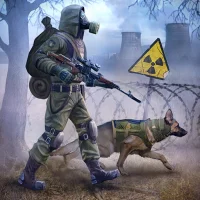

Editor's Choice









